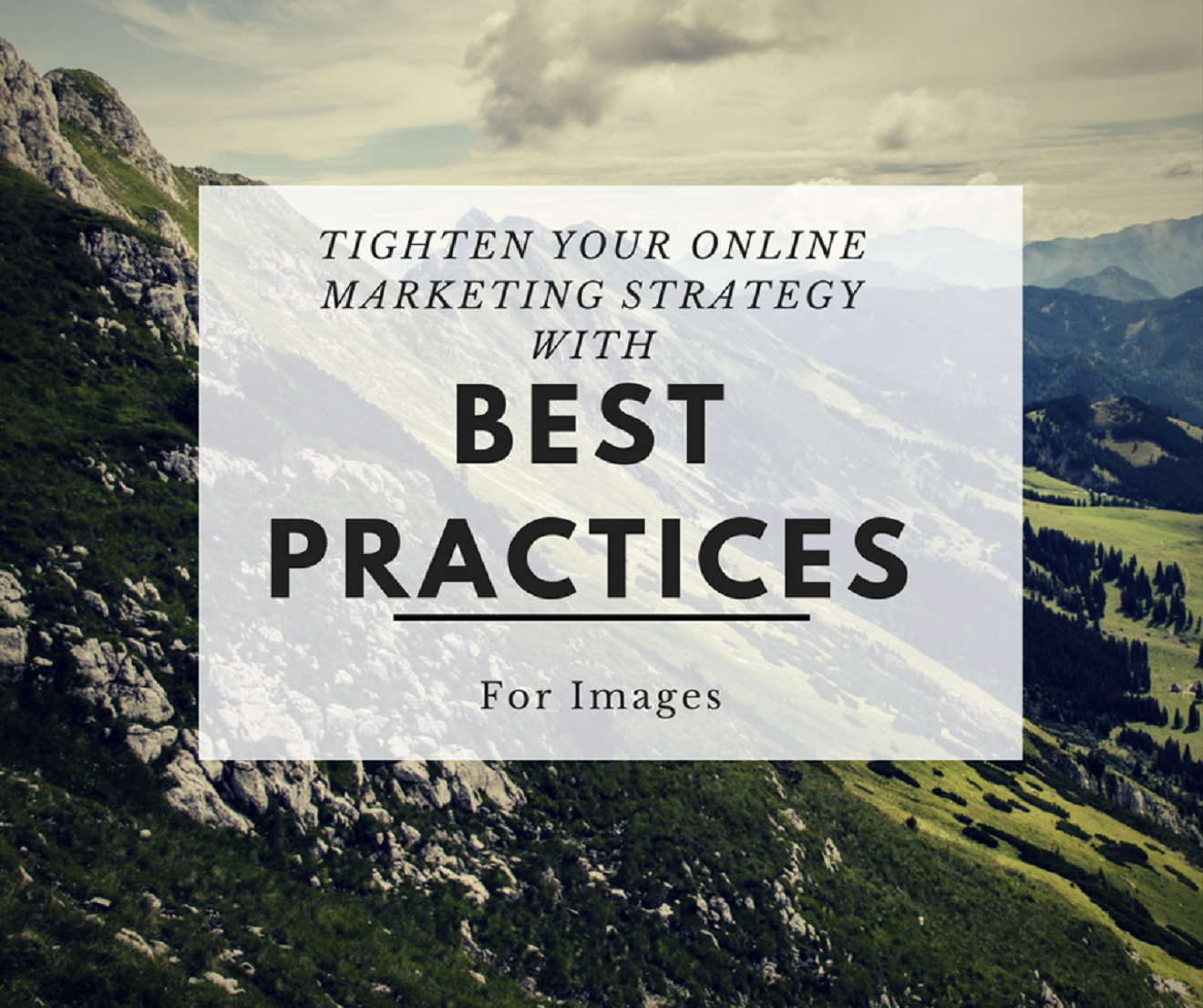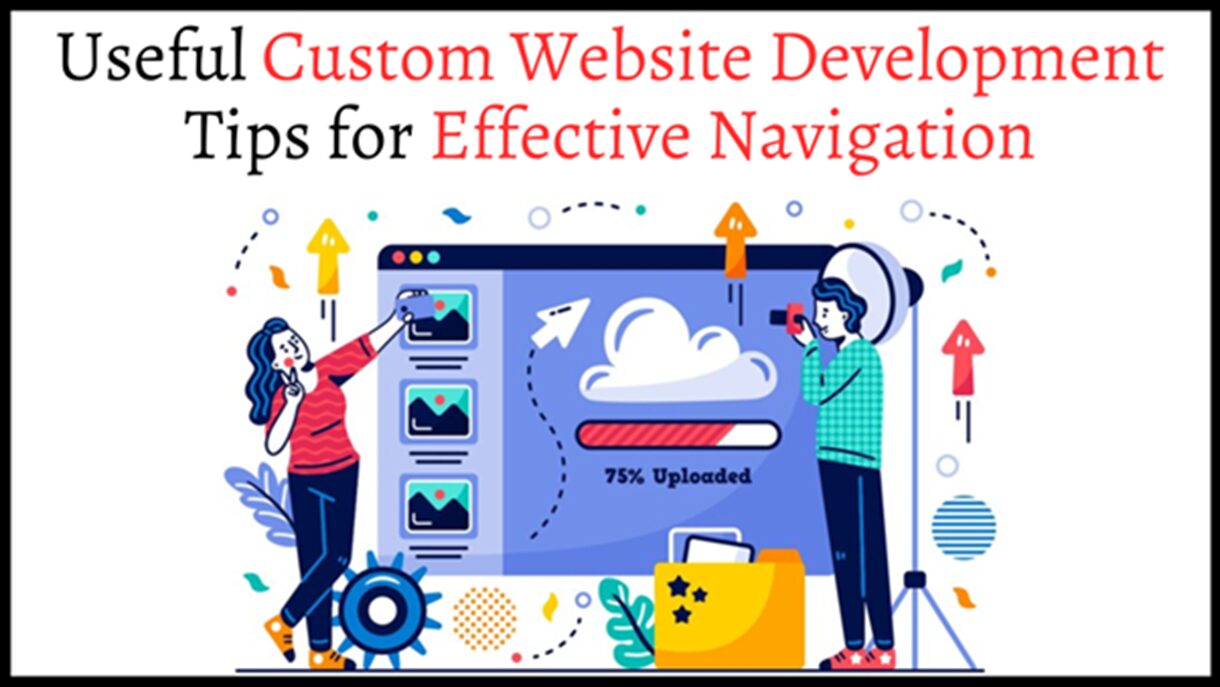
Tighten Your Online Marketing Strategy with Best Practices for Images
6 minutes | Word Count: 1034Without images, the world of the Internet would be a lifeless and pretty dull place for everyone. Chances are that you already use images if you’re trying to reach an audience through your blog or social media channels, but if you’re new to online marketing, take heed. You can’t just use any image you want; instead, you need the proper license, or you need to use a free image in the public domain (yuck!).
With few exceptions, most modern audience segments thrive on visual imagery, even if that segment isn’t purely a visual learner. Images are often used as the hook or bait to get a user to click on content, and once your content has attracted attention, images can be used to captivate an audience and keep them engaged with your content.
But if you’re new to online marketing, you could be making some colossal image mistakes that hurt your SEO. The whole is equal to the sum of its parts, and images are certainly one component of almost every SEO campaign. If you’re making rookie mistakes with something as important as your images, you’re simply failing to fully optimize your website, social media page, or blog.
Strategy Tips for You to Consider with Images
Remember to keep the following tips in mind when considering your strategy with images.
Tip #1. Use Unique and Personal Images Sparingly
One of the first things new marketers and small business owners want to do on social media is to share personal pictures. And to be fair, this can be a great way to tear down the impersonal wall separating your customers and your business…but don’t get too carried away. Image quality does matter, and unless you’ve got a decent camera – or decent image editing chops – then posting crummy pictures may look unprofessional, poorly thought out, or just plain lame.
Furthermore, with few exceptions, you also want to make sure that you don’t convey the wrong ideas through images and photos that are too personal. Your customers probably don’t need to see (or even care about) your personal friends, family, or dog. And make sure that you appropriately separate your personal pictures from business accounts on social media.
Tip #2. Source High-Quality Images
If your marketing budget doesn’t have a nickel to spare, you may not be able to afford high-quality images, and that’s understandable. But I highly advise those of you who have the resources to pay for a subscription to an image service such as Shutterstock or Flickr. You’ll be able to rifle through thousands of images with a convenient search bar and find artistic images, designs, and high-quality photos in mere seconds.
The alternatives, however, aren’t too appealing for most small businesses. Chances are you don’t have the time to invest money in a high-quality camera and learn how to become an amateur photographer. Also, if you’re starting from scratch, the time investment in learning how to edit images with GIMP or Photoshop probably isn’t feasible either.
Tip #3. Use Image Compression Tools
The concept of “too much of a good thing” certainly can apply to high-quality images. If you load your pages chock full of pictures, it can make your pages load slower. Not only can slower pages hurt SEO scores, but it can also even drive away impatient visitors to your site. You can also take consultation from an SEO Agency to improve your work. Consider that some of your visitors may be on extremely slow Internet connections, or may simply have a weak WiFi or 3G/4G signal. With a bottlenecked Internet connection, slowly loading images and content are a pain in the neck. But image compression tools will help alleviate some of this pain point.
Tip #4. Opt for JPEGs When Possible for High-Quality Images
Unless you have very specific reasons to use another file format, you should make JPEGs your standard file extensions. JPEGs lend themselves well to compression tools, even better than some of the numerous other types of image files. Plus, it’s one of the most popular file formats for images in existence, which assures easy portability and support across a wide range of software, including everything from image editing tools to WordPress plugins. Additionally, remember that you can opt for it.GIF and.PNG images when you’re posting image content that isn’t nearly as demanding as a featured image.
Tip #5. Alt Attribute Descriptions
From an SEO perspective, you’ll also want to mind the alt descriptions for your images. Basically, the text contained in the alt attribute is seen as anchor text by the Google bots, which creates varying opinions on the SEO strategies to best optimize this text. In olden times, people would abuse alt text by cramming it full of keywords.
Keyword cramming is not a good strategy today by any means, but you can place keywords in the alt attribute if it makes sense. This is a judgment call, but it shouldn’t be difficult to realize whether or not it makes sense to place keywords here. Also, if you don’t want to use keywords in the alt attribute, just remember to make the wording as concise and accurately descriptive as possible.
Tip #6. Use Appropriate File Names
I know it may seem like a small matter, but in the world of SEO, every little bit helps. To that end, you should try to give your image files as appropriate, descriptive, and SEO friendly file names as possible. As with the alt attribute, you don’t necessarily need to forcefully cram keywords into the file names. That said, if you can incorporate legitimate keywords into the file names, you’ll have a slight advantage over your competitors. For instance, if you’re an ecommerce store that sells clothing items, you could name a product image’s file name as “red leather boots,” instead of using an automatically generated non-descriptive filename, such as IMG1234524.
Final Thoughts
Images are a crucial part of every website, but too often we forget about the devils hiding in the details. But even small oversights can be corrected to add up to significant SEO potential to help you get more organic traffic. Remember to keep these tips in mind when uploading, posting, sharing, and formatting images for your website.
One thought on “Tighten Your Online Marketing Strategy with Best Practices for Images”
Comments are closed.
























Just wanted to say “thank you” – this just saved me a ton of time and trouble.